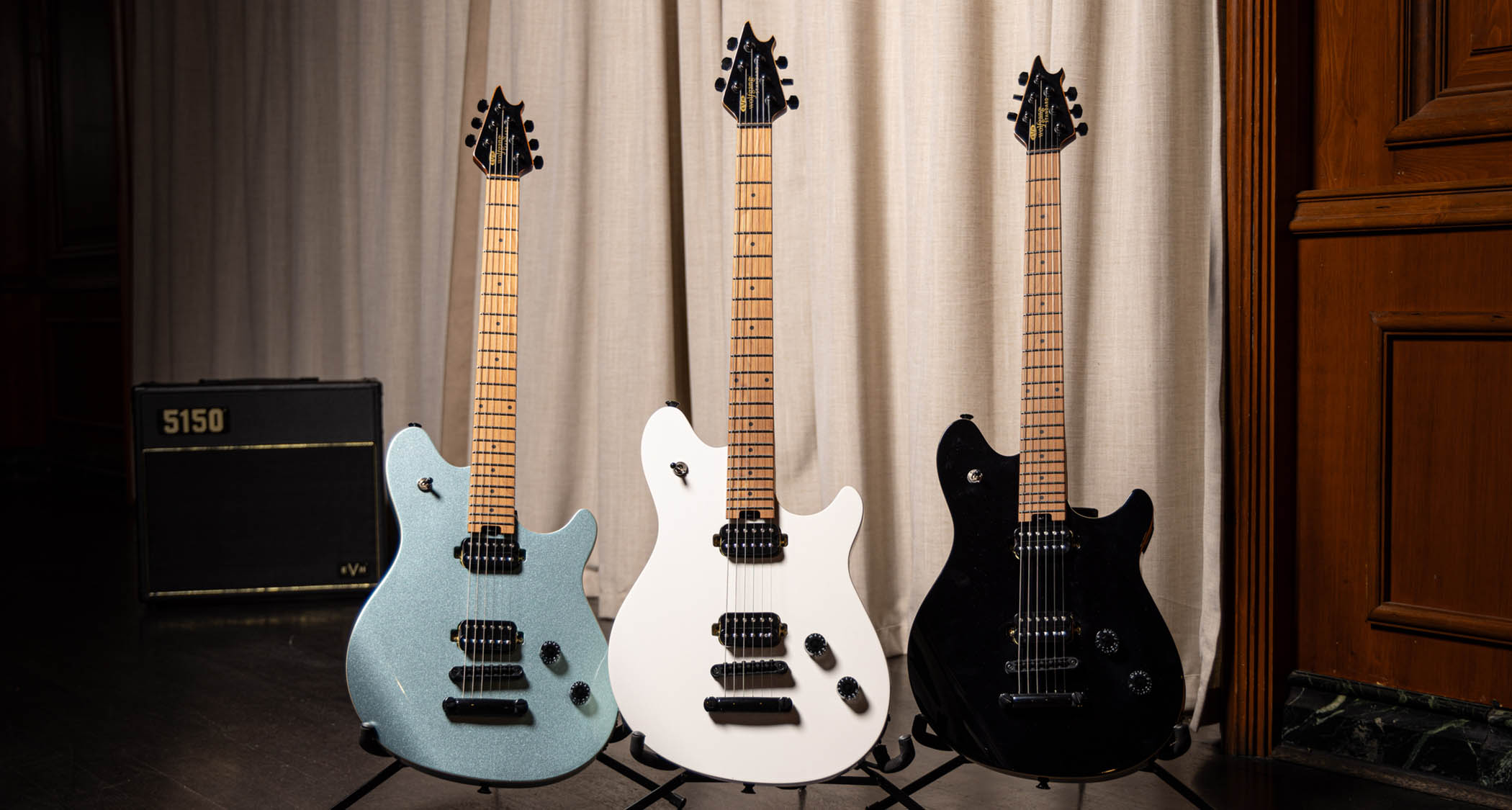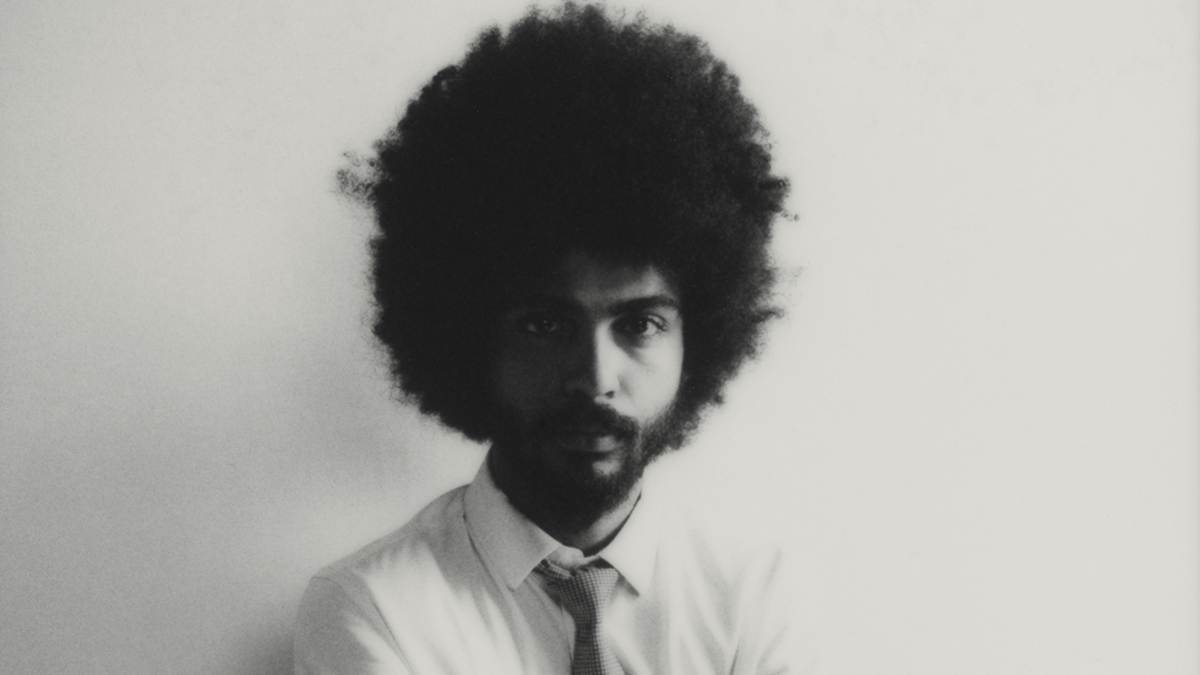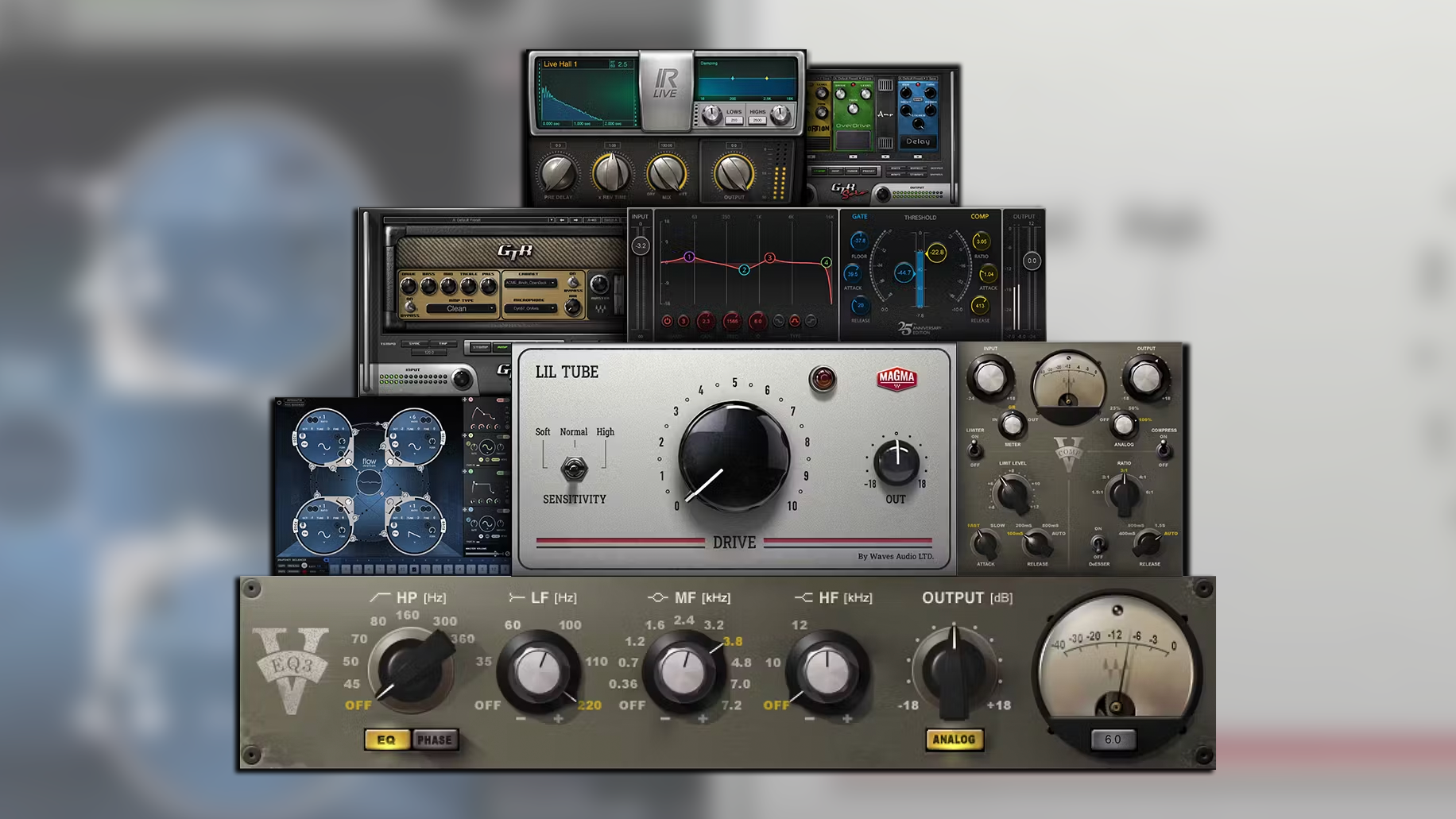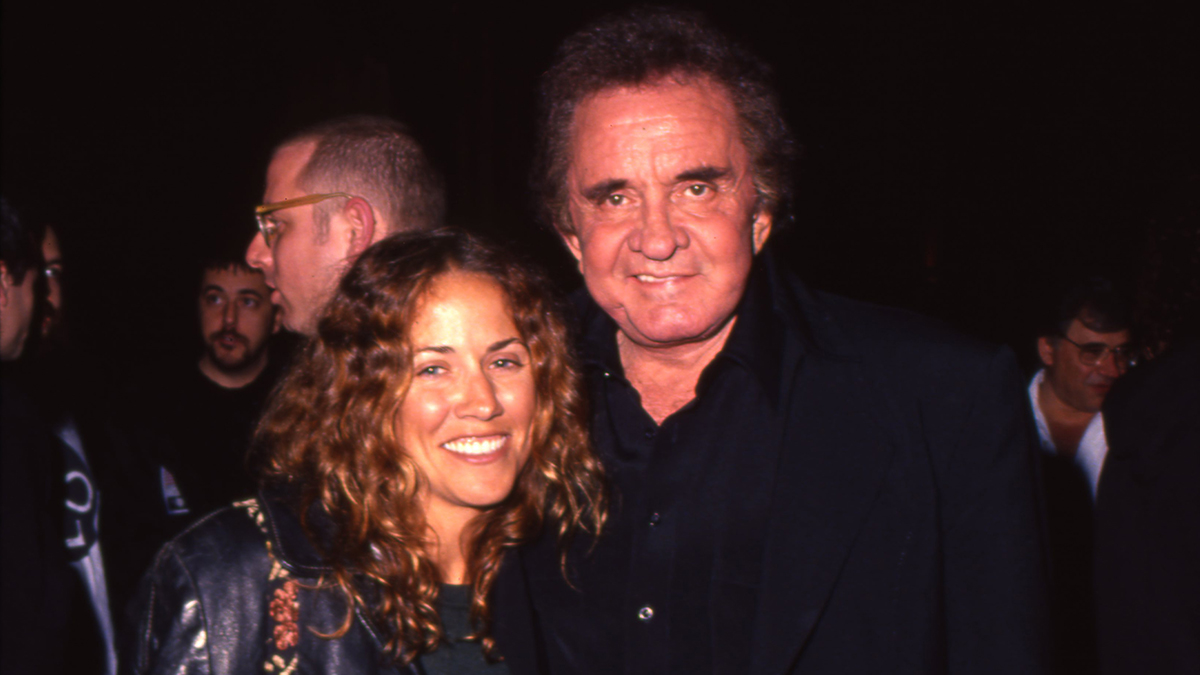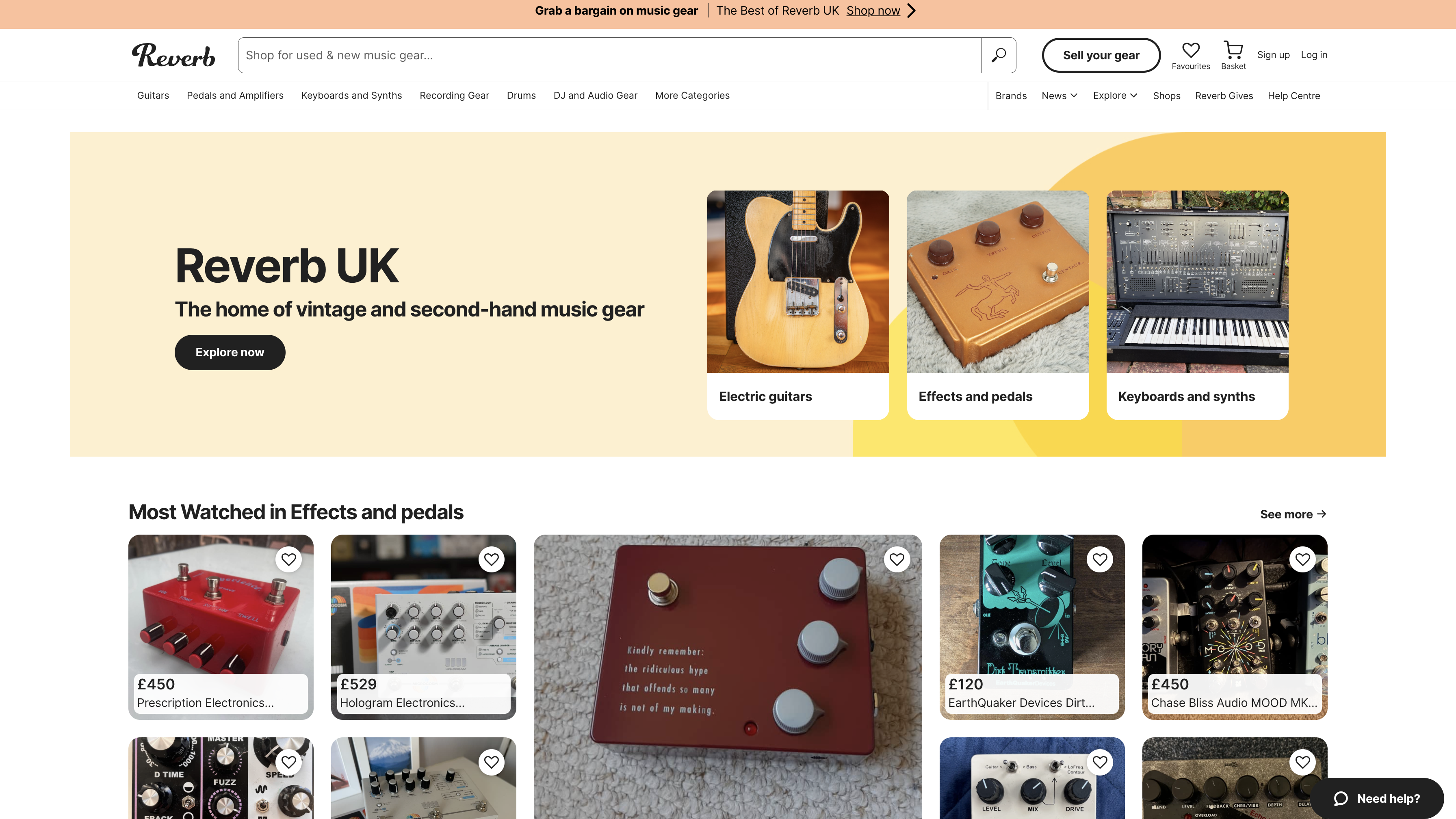NAMM 2025: “These pedals bring the sounds of the great Marshall amps of history onto the pedalboard” – Classic sounds, classy aesthetic – meet Marshall's new overdrive pedals series
Get Plexi, JCM800, DSL drive and more at sensible volumes from a range of pedals that look like Marshall amps and sound like 'em, too
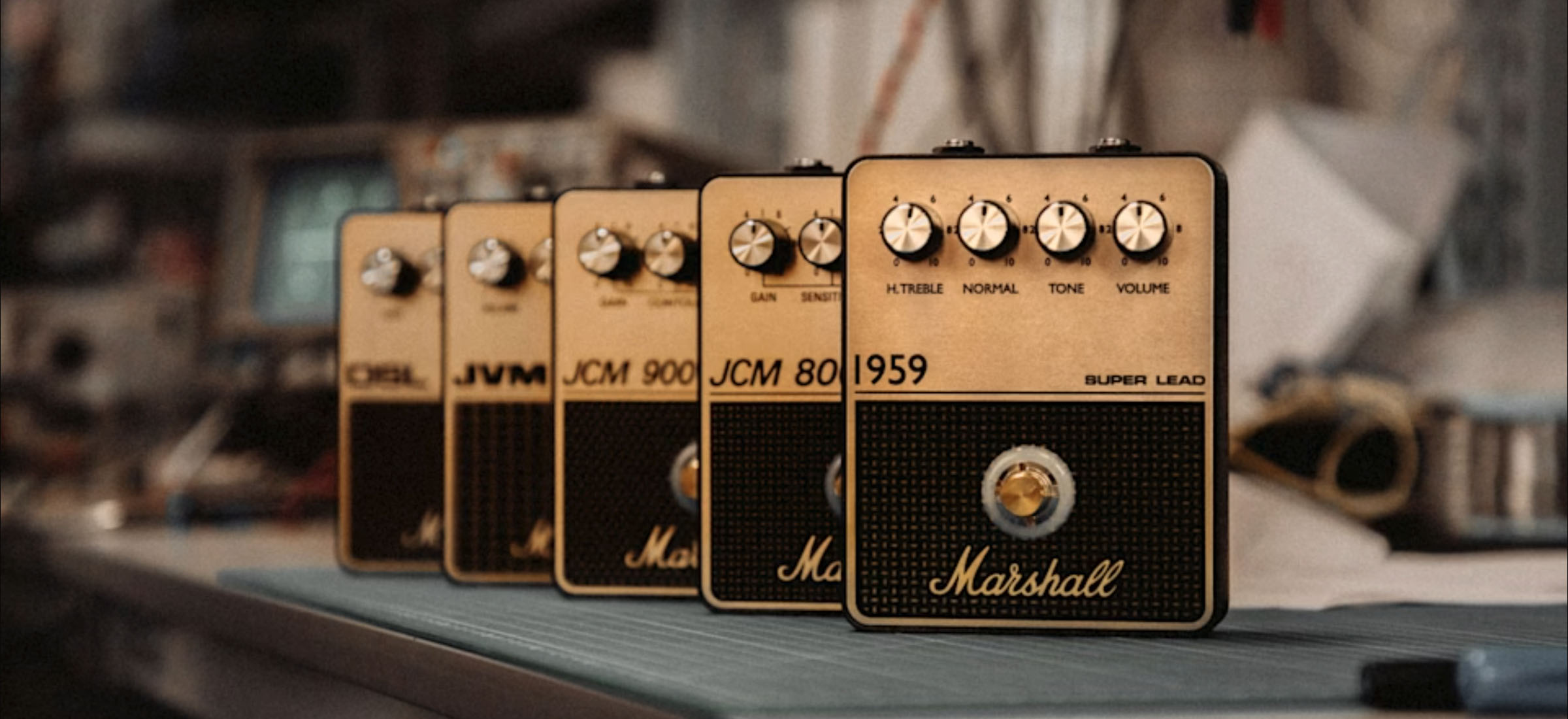
NAMM 2025: Marshall has put the classic drive tones from its most legendary guitar amps into a new series of overdrive pedals that arrive resplendent in the iconic British amp brand’s gold and black livery.
For the Marshall amp fan who has not got space in their lives for a full stack, the ungodly power of a 100-watt tube amp too impractical, these offer a convenient way of putting some of those sounds on your pedalboard.
The range reads like a greatest hits of Marshall designs – 1959 Super Lead, JVM distortion and noise gate, JCM900, JCM800, and the DSL (Dual Super Lead) – and that was the idea says the brand’s director of amplifier R&D, Jon Magill.
“These pedals bring the sounds of some of the great Marshall amps of history onto the pedalboard, recreating the sonic character of the amps and enhancing functionality on some to meet the needs of players.” he says.
And there are some lovely design notes here – the amp-style knobs, the LED ring around the footswitch to let you know when the pedal is engaged, the fuss-free four-knob layout of the enclosures. These look like very user-friendly drive pedals with something for everyone.
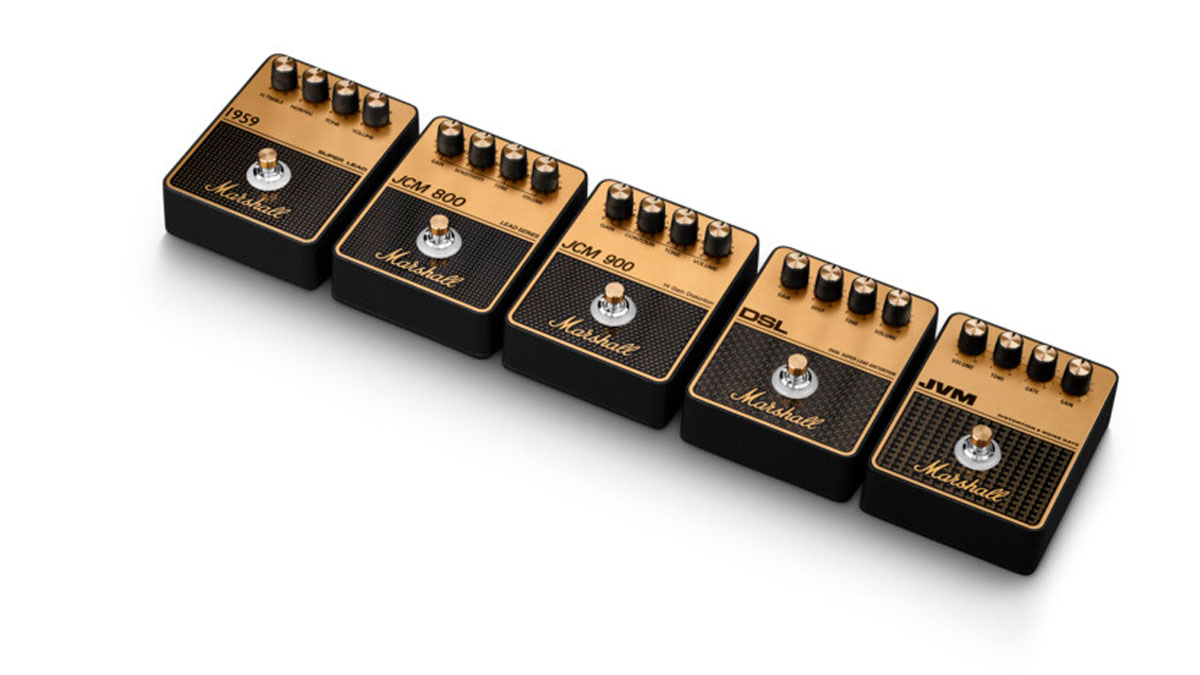
The 1959 Super Lead is for all your Pete Townshend and Eric Clapton needs. Stick it alongside a wah pedal or a Uni-Vibe chorus/vibrato and you’ve got Jimi Hendrix. We could go on; the list of players who used the archetypical Plexi is long and distinguished.
It is arguably the ür-rock guitar amplifier, and the pedal, says Marshall has the same “dynamic range, clarity, and rich tonal character that defined the vintage roar of the original 1959”. It presents you with gain controls for both treble and normal channels allowing players to blend in the sound and really shape the gain, giving you classic end of the ‘60s tones all the way through to late ‘70s, early ‘80s hard rock heat.
Get the MusicRadar Newsletter
Want all the hottest music and gear news, reviews, deals, features and more, direct to your inbox? Sign up here.
Loads of players have included the Marshall JVM in their backline at some point. Joe Satriani has looked to it for its juicy high-gain. The JVM pedal promises all that same harmonic-rich electric guitar tone and there is an onboard noise gate to tidy your sound at higher-gain settings.
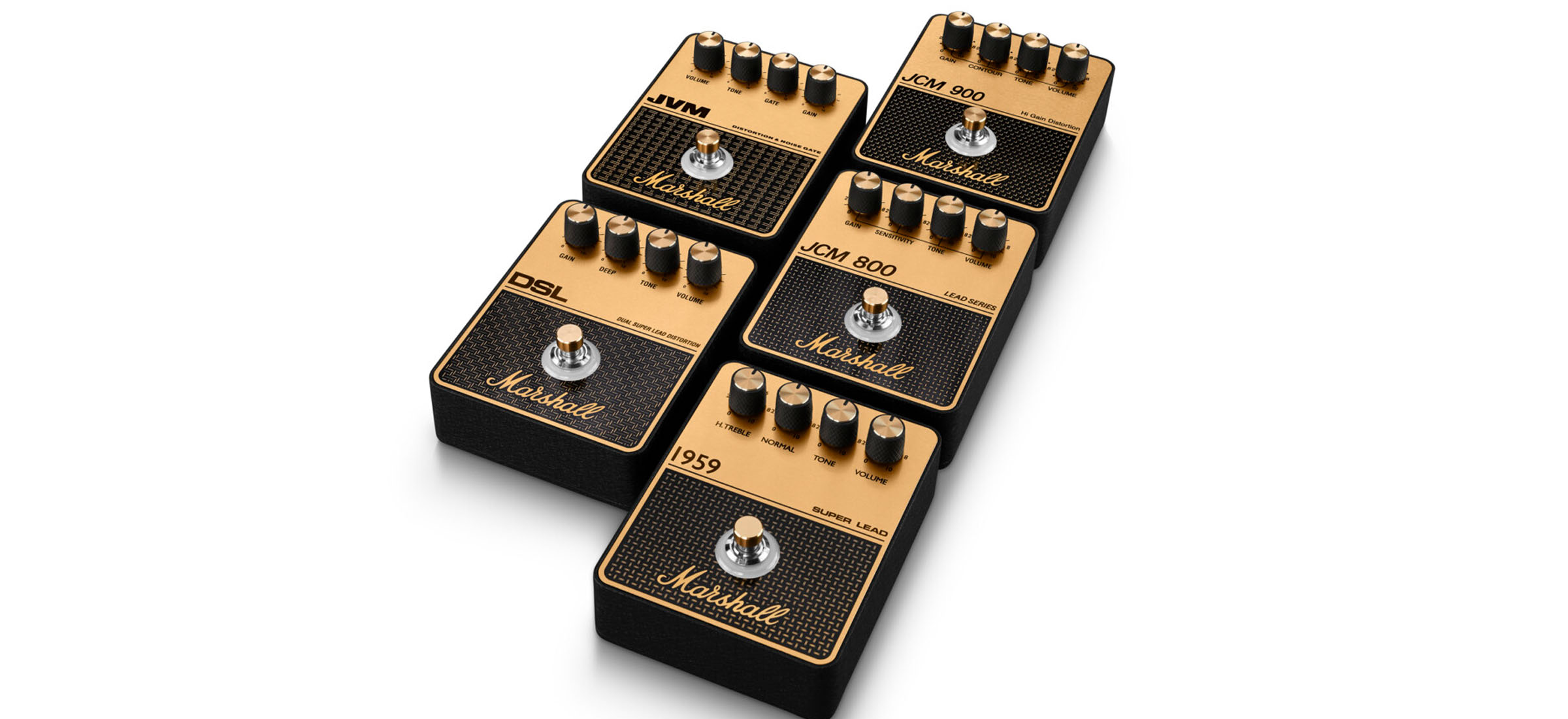
The JCM800 is the quintessential ‘80s hard-rock and metal guitar amp. It is NWOBHM in a box, the choice of Slayer’s Kerry King, and with so many guitar effects pedal companies having tried to capture those sounds in a compact pedal, it is only right that Marshall got in on the action too. Again, it’s a four-knob design. A simple drive. You have dials for Gain, Sensitivity, Tone and Volume.
Its closely related and oft-overlooked sibling, the JCM900, has also been immortalised in pedal format, swapping out the Sensitivity controls for a mids-shaping Contour control.
Finally, there is the DSL, the Dual Super Lead distortion, aka the JCM2000, an amp that in typical Marshall fashion caters to players on varying degrees of the gain stage. Joe Bonamassa has been known to use them (though we would associate his Marshall use to the Silver Jubilee). .
So too have death metal pioneers Nile, Matt Bellamy of Muse, Gary Moore, Iron Maiden… Well. It, too, is 100-watts of loud volume so, again, the DSL pedal is a more house-trained option for that wide range of gain. Between the DSL’s Deep control and the Tone knob, you’ve got a lot of scope for shaping your gain.
The Marshall Amp Series Pedals are priced £119/$149. See Marshall for more details
Jonathan Horsley has been writing about guitars and guitar culture since 2005, playing them since 1990, and regularly contributes to MusicRadar, Total Guitar and Guitar World. He uses Jazz III nylon picks, 10s during the week, 9s at the weekend, and shamefully still struggles with rhythm figure one of Van Halen’s Panama.
“It’s honestly got me thinking hard about adding one to my own studio set up”: Two Notes Reload II review
“Gloriously adorned with a gold edge burst finish over a gold paisley and sparkle top”: Gretsch unveils the Paisley Penguin – a rare bird that growls – and the Honey Dipper Special, a resonator for all your roots rock manoeuvres



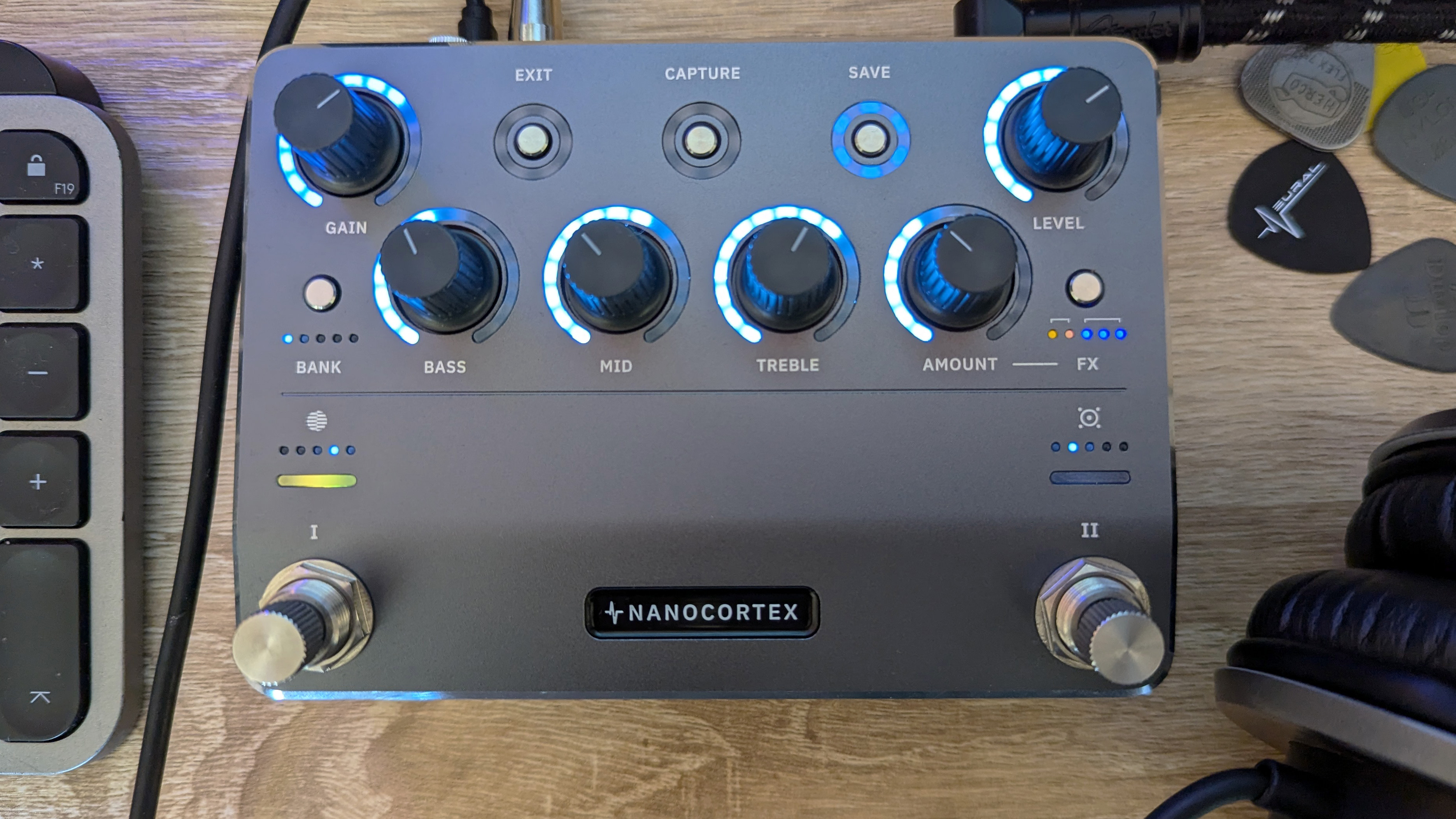
![Gretsch Limited Edition Paisley Penguin [left] and Honey Dipper Resonator: the Penguin dresses the famous singlecut in gold sparkle with a Paisley Pattern graphic, while the 99 per cent aluminium Honey Dipper makes a welcome return to the lineup.](https://cdn.mos.cms.futurecdn.net/BgZycMYFMAgTErT4DdsgbG.jpg)
